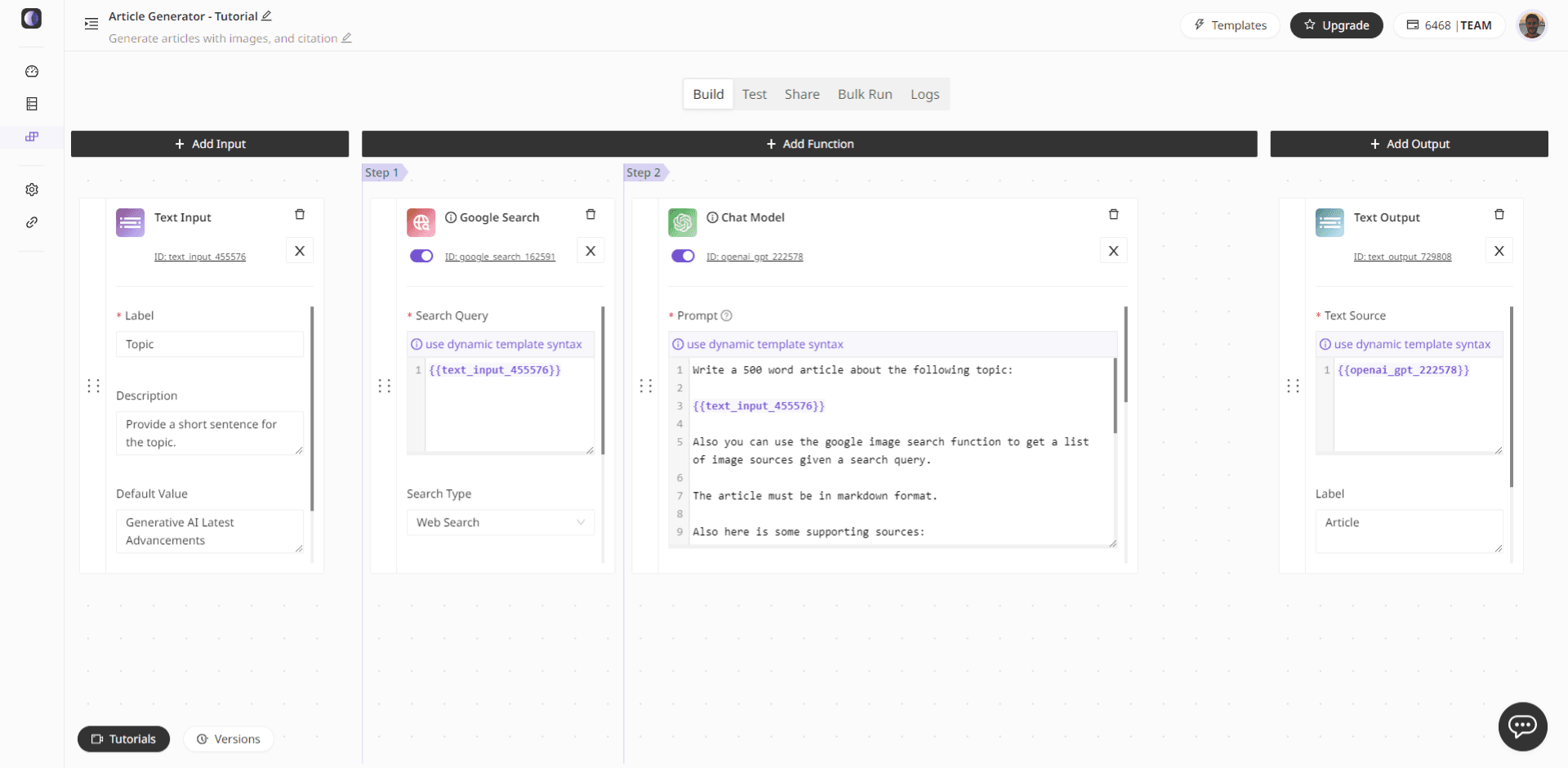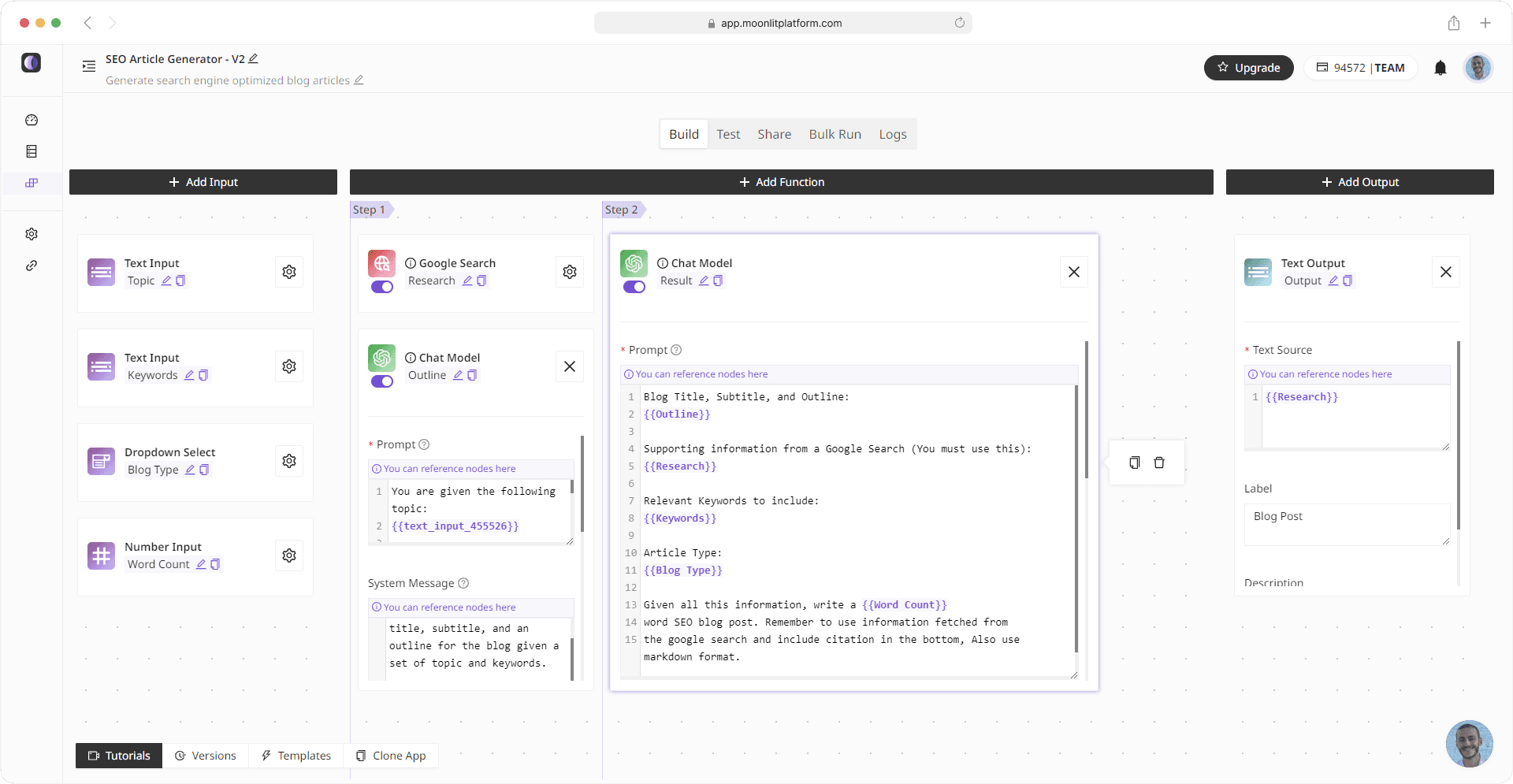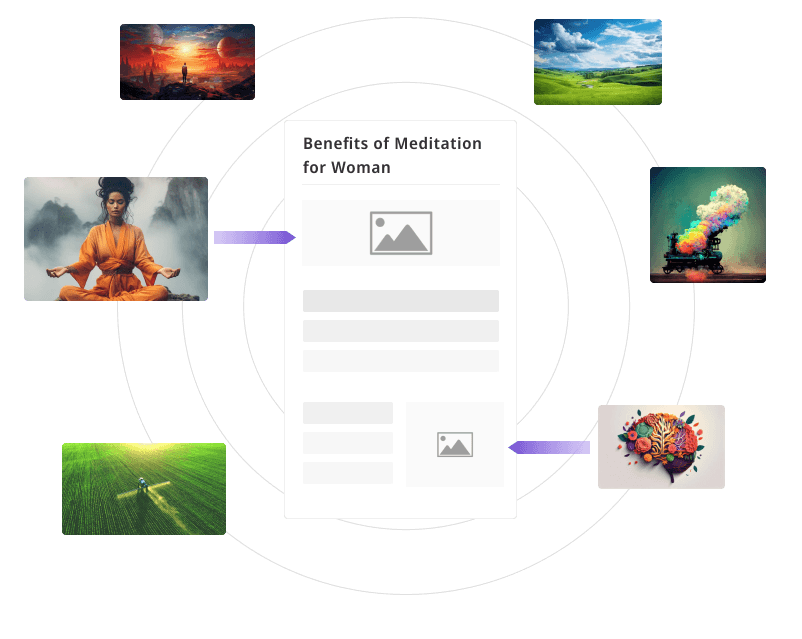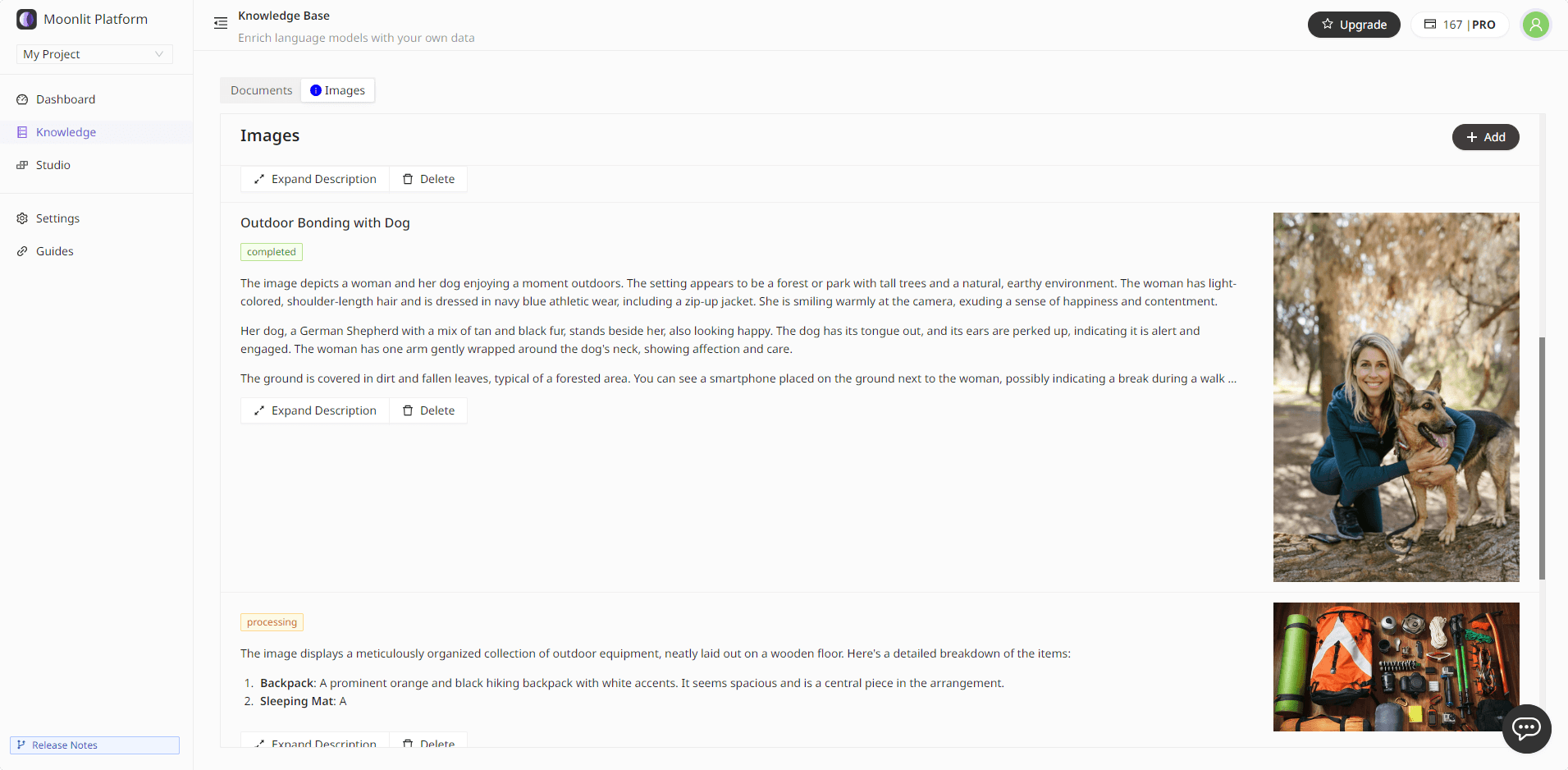Why Most AI Content Tools Fail to Deliver on Their Promise
The challenges that come with implementing AI for content in the real world and how customization can help.

The advent of large language models (LLMs) has sparked a surge in AI-powered content generation tools. Marketers, writers, and businesses are eager to harness the potential of these tools to streamline their content creation process. However, the reality often falls short of the hype. Here are some of the key issues with AI content tools:
Lack of Originality: AI-generated content often lacks the unique perspective and creative flair that human writers bring to the table. The output can be generic and fail to capture the brand's voice.
Inconsistent Quality: While AI tools can generate coherent sentences, they struggle with maintaining a consistent level of quality throughout a piece. The content may be hit-or-miss, requiring significant editing.
Limited Understanding of Context: AI models have a limited understanding of the broader context surrounding a topic. They may miss important nuances or fail to consider the target audience's needs and preferences.
Inability to Adapt to Specific Requirements: Most AI content tools offer a one-size-fits-all approach. They lack the flexibility to cater to the unique requirements of different industries, formats, or goals.
In this article, we'll explore the need for customization in AI content generation and how Moonlit, a no-code platform, addresses these challenges.
The Landscape of AI Content Tools
There are numerous AI content tools available in the market, each with its own unique selling points. Some of the prominent ones include:
Jasper: Jasper (formerly Jarvis) uses GPT to generate various types of content, from social media posts to blog articles. It offers templates and recipes to guide the content creation process.
Copy.ai: Copy.ai leverages GPT-3 to generate marketing copy, including ad copy, product descriptions, and social media content. It provides a user-friendly interface and templates for different use cases.
Writesonic: Writesonic is an AI writing assistant that generates landing pages, ads, product descriptions, and article outlines. It offers features like SEO optimization and plagiarism checking.
The Role of Human Expertise
Despite significant advancements in AI language models, the role of human intervention in the content creation process is indispensable. Humans are essential for fact-checking and ensuring the accuracy of content, maintaining consistency in brand voice and tone, and providing strategic direction and creative insights. Additionally, humans play a crucial role in optimizing content for search engine optimization (SEO) and user engagement, as well as handling complex or sensitive topics. While AI tools excel at assisting with ideation, research, and drafting, it is human expertise that refines and polishes the final output, ensuring it meets high standards of quality and relevance.
The Importance of Customization
Most AI content tools operate as black boxes. Users input a prompt and receive an output, with little control over the underlying process. This lack of customization poses several challenges:
SEO Requirements: Search engine optimization (SEO) best practices are constantly evolving. AI content tools that rely on static templates may generate content that fails to meet the latest SEO standards.
Industry-Specific Needs: Different industries have unique content requirements. A tool that works well for generating lifestyle blog posts may struggle with creating technical whitepapers or legal documents.
Brand Voice and Tone: Every brand has its own distinct voice and tone. AI content tools that don't allow for customization may produce content that sounds generic or misaligned with the brand's identity.
Moonlit: AI Content Pipeline Customization
Moonlit is a no-code platform that empowers users to build and customize their own AI content generation workflows. Unlike other tools that offer limited customization, Moonlit puts the power of workflow design in the hands of the user.

With Moonlit's intuitive no-code editor, users can:
Orchestrate their content workflows using a simple three-section layout: inputs, functions, and outputs.
Access a wide range of functions, including 40+ LLMs, utility functions like semantic clustering, and data sources & APIs.
Customize each node in the workflow, from input fields to AI model configurations.
Iterate on their workflows easily, with a full overview of the logic and flow.
Debug workflows efficiently, thanks to the visual representation of the process.
Leverage pre-built app templates and customize them to their specific needs.

By providing a flexible, user-friendly interface for workflow customization, Moonlit enables businesses to create AI content generation solutions that are tailored to their unique requirements.
The Power of Image Integration
One of the key features that sets Moonlit apart is its Image Knowledge Base. This feature allows users to seamlessly integrate relevant images into their content workflows.

With the Image Knowledge Base, users can:
Upload their own images and have AI-generated descriptions automatically created.
Retrieve relevant images based on semantic search, ensuring that the visuals align with the content's context.
Seamlessly integrate retrieved images into their content workflows, enhancing the visual appeal of the generated content.

Building Custom Content Workflows
Moonlit's no-code editor makes it easy for users to build and customize their own content workflows. Let's take a look at an example workflow for generating an article with integrated images:

In this workflow:
The user inputs a blog post title.
The "Retrieve Images" function searches for relevant images based on the title and retrieves a maximum of three results.
The "Chat Model" function generates a detailed article in markdown format, incorporating the retrieved images and their descriptions.
The generated article is displayed in the output section.
By visually designing their content workflows, users can ensure that each step is optimized for their specific needs, resulting in higher-quality, more relevant content.
Conclusion
While AI content tools have the potential to revolutionize content creation, their lack of customization often leads to subpar results. Moonlit addresses this challenge by providing a no-code platform that empowers users to build and customize their own AI content generation workflows.
With Moonlit, businesses can:
Adapt to changing SEO requirements and industry-specific needs.
Maintain a consistent brand voice across all content.
Integrate relevant images seamlessly into their content.
Design custom workflows that are optimized for their unique goals.
If you're looking to harness the power of AI content generation without sacrificing quality or customization, Moonlit is the solution you've been waiting for. Schedule a call with our team today to learn how Moonlit can transform your content strategy.